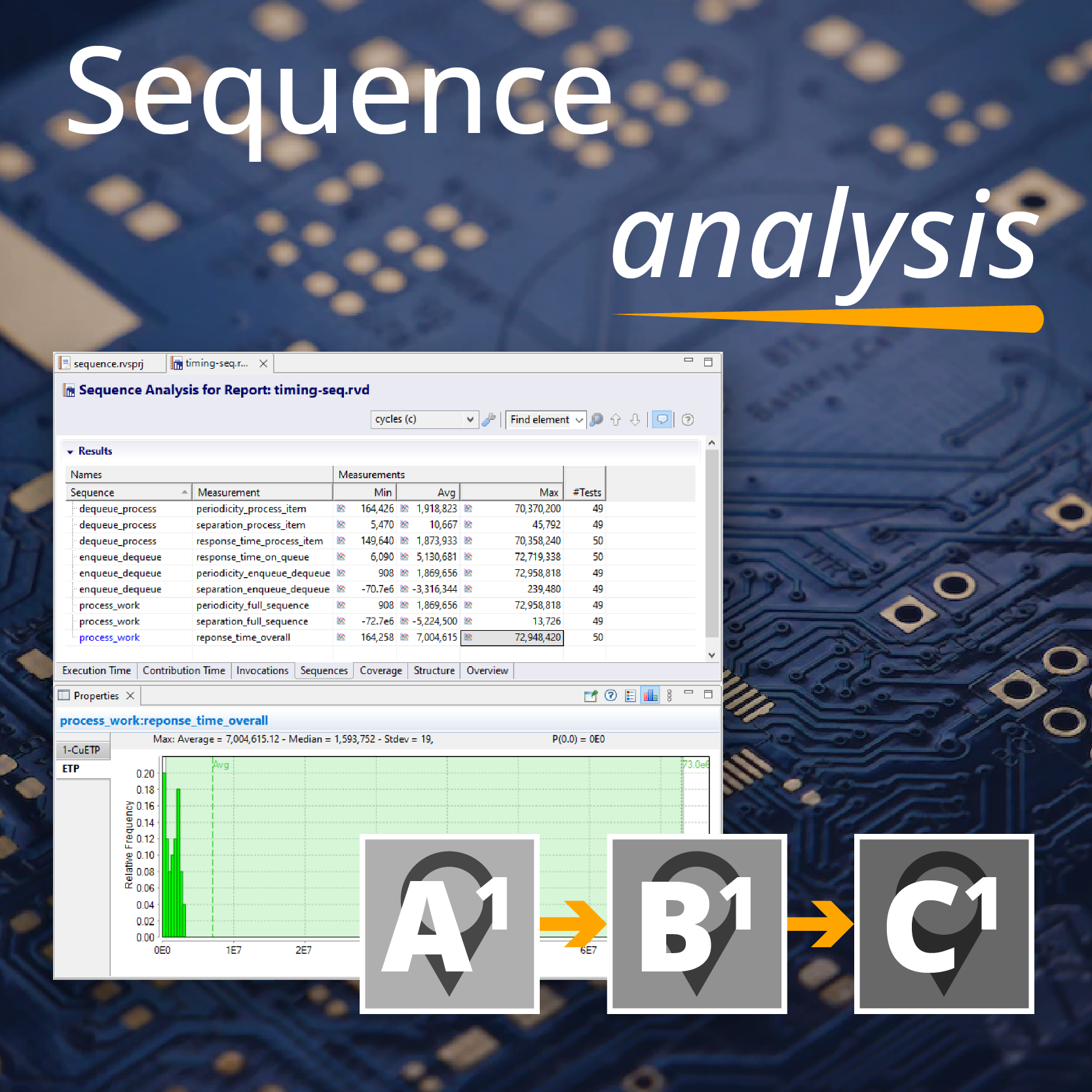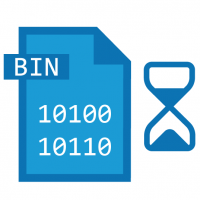We recently tested a system with two different processors, a PowerPC and a TriCore. For anyone concerned with variability, the results make for interesting reading.
Last month Zoe explained how getting timing analysis into the development process early in a project can be useful for all sorts of reasons: [read more...].
This month I visited a customer where this was nicely illustrated. They have a system with two different processors, a PowerPC and a TriCore. Both will run the same software and there will be some crosschecking in a standard way for a safety critical application.
The customer added RapiTime to their development process well ahead of their delivery date, before the units of their system have been fully integrated. This is definitely recommended by us as good practice – finding potential timing problems early in development is going to make it cheaper to solve those problems than if issues are discovered when the deadline is approaching.
In testing one of the software units it was revealed that the PowerPC has a lot more variability in execution times than the TriCore. Looking at the graphs below (which are for a single function) you can see there is potentially another factor affecting the execution time of the PPC. Both graphs represent over 1000 executions of the function root. Finding this early means our customer has time to investigate the cause and find a solution.
It’s worth noting that although the TriCore was about half the average speed of the PPC (as measured by RapiTime) its worst case execution time was significantly better – because it doesn’t have this variability.


| Power PC | MPC5554 |
| TriCore | TC1796 |
| Compilers | Green Hills 5.2.4 (PPC) and Green Hills 5.1.3 (TriCore) |
[update]: Updated to clarify that the same function on Power PC and Tricore was executed the same number of times - which isn't immediately clear from the graphs.

 Rapita System Announces New Distribution Partnership with COONTEC
Rapita System Announces New Distribution Partnership with COONTEC
 Rapita partners with Asterios Technologies to deliver solutions in multicore certification
Rapita partners with Asterios Technologies to deliver solutions in multicore certification
 SAIF Autonomy to use RVS to verify their groundbreaking AI platform
SAIF Autonomy to use RVS to verify their groundbreaking AI platform
 What does AMACC Rev B mean for multicore certification?
What does AMACC Rev B mean for multicore certification?
 How emulation can reduce avionics verification costs: Sim68020
How emulation can reduce avionics verification costs: Sim68020
 Multicore timing analysis: to instrument or not to instrument
Multicore timing analysis: to instrument or not to instrument
 How to certify multicore processors - what is everyone asking?
How to certify multicore processors - what is everyone asking?
 Certifying Unmanned Aircraft Systems
Certifying Unmanned Aircraft Systems
 DO-278A Guidance: Introduction to RTCA DO-278 approval
DO-278A Guidance: Introduction to RTCA DO-278 approval
 ISO 26262
ISO 26262
 Data Coupling & Control Coupling
Data Coupling & Control Coupling
 DASC 2025
DASC 2025
 DO-178C Multicore In-person Training (Fort Worth, TX)
DO-178C Multicore In-person Training (Fort Worth, TX)
 Avionics Certification Q&A: CERT TALK (with Consunova and Visure)
Avionics Certification Q&A: CERT TALK (with Consunova and Visure)
 DO-178C Multicore In-person Training (Toulouse)
DO-178C Multicore In-person Training (Toulouse)



















